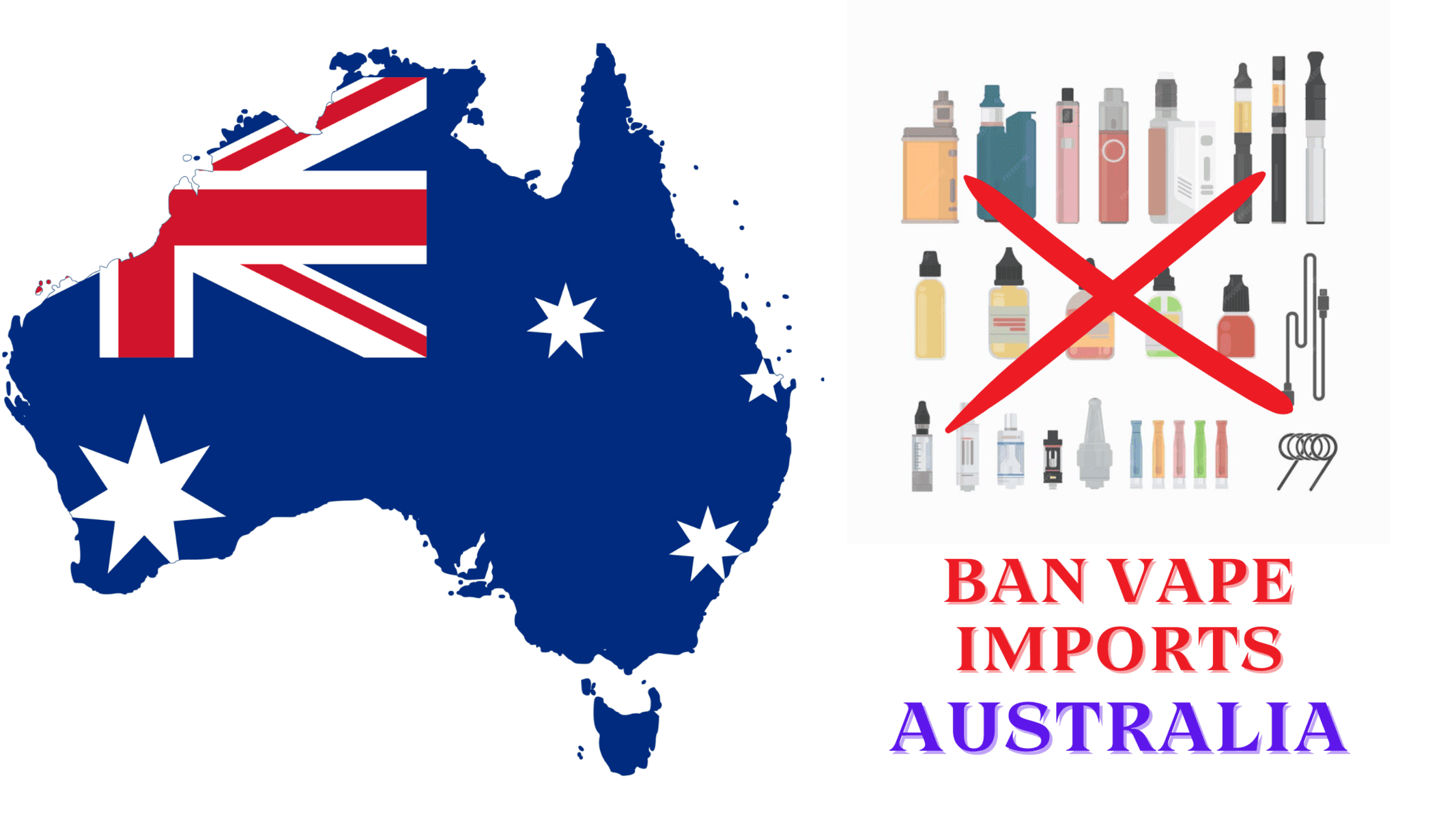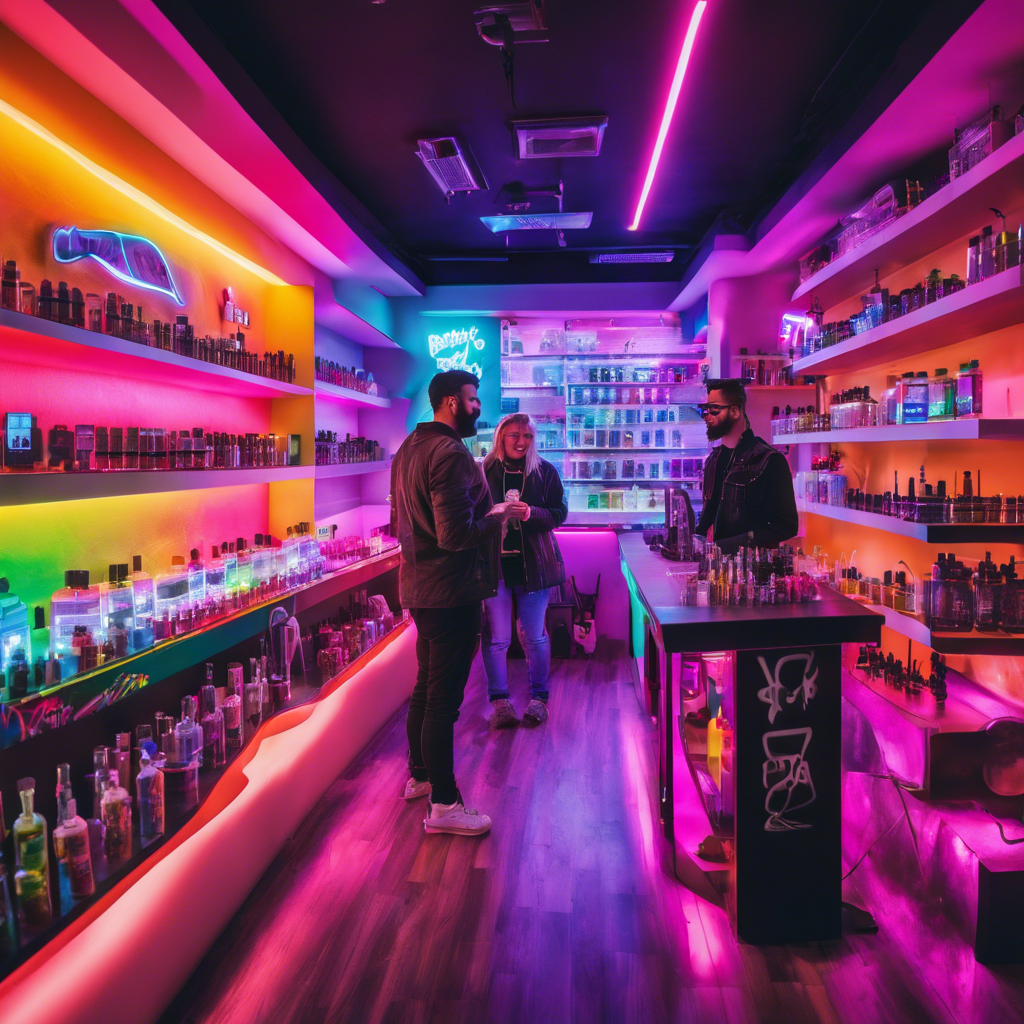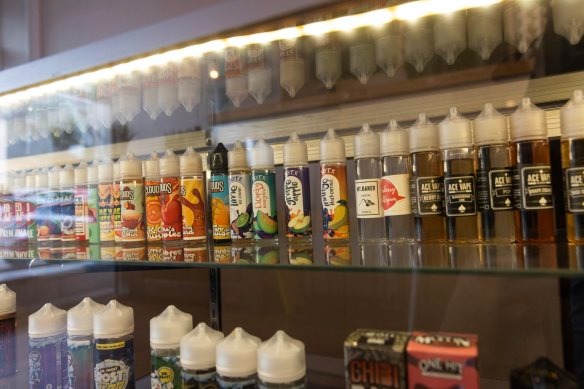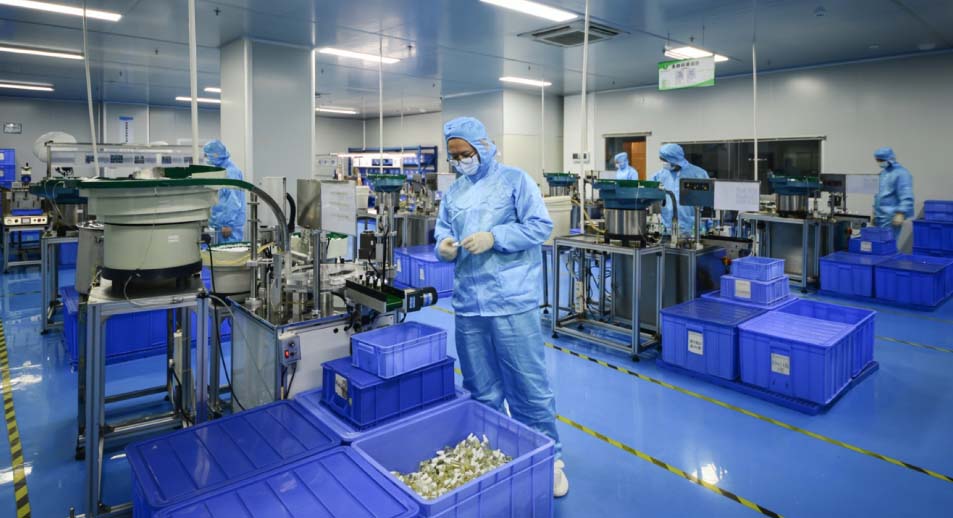
After years of innovation and diversity, the Australian vape industry finds itself at a crossroads in its development as a result of government regulations. The Australian government has tightened restrictions in response to growing concerns around the usage of e-cigarettes, which has had an impact on the whole vape supply chain.
Every segment of the market, from suppliers and distributors to retailers and e-juice producers, is facing previously unheard-of difficulties. Stakeholders are struggling with the necessity of adaptation, creativity, and teamwork resilience to traverse the unknown that lies ahead as the clouds of uncertainty continue to loom large.
Government Reforms and the Ripple Effect

The BBC article highlighted the government’s desire for stricter rules, which has had a domino effect on the vape business. When the smoke clears, it’s clear that the impact is complex and affects many supply chain components. Reducing e-cigarette usage, particularly among teenagers, and addressing concerns about the safety and health effects of vaping are the main goals of the reform.
1. Vape Distributors: Navigating Regulatory Complexity

Image Credit: https://vapesmok36.com/en/blog/vaping-laws/a-1862106357
Vape distributors, serving as the intermediary between manufacturers and retailers, have found themselves navigating a landscape fraught with regulatory complexity. Their conventional channels of market penetration have been reduced by the prohibitions on marketing and selling certain vaping goods. Greater compliance procedures have also been required due to greater scrutiny of product quality and safety, which affects distributors’ profit margins as they now have to invest more substantially to ensure adherence to strict standards.
Distributors are facing difficulties in responding to changing market demands in addition to regulatory issues. The available items have changed as a result of the prohibition on particular flavors and nicotine concentrations, necessitating a review of distributors’ inventory and distribution plans.
2. Vape Suppliers: Adapting to Market Constraints
The tremors of regulatory changes have been felt by suppliers of vaping materials and components, who are frequently working in the background. Restrictions on nicotine dosages and the prohibition of specific e-cigarette flavors have reduced supplier options and forced companies to reevaluate their product lines. This recalibration requires suppliers to strike a careful balance between innovation and compliance to produce products that satisfy changing requirements without compromising their capacity to satisfy a wide range of customer preferences.
Consequently, vendors are undergoing a process of adjustment, investigating novel materials and compositions that conform to legal specifications while preserving the spirit of innovation that characterizes the e-cigarette sector.
3. Vape Retailers: Fears of a Ban Loom Large:

Image Credit: https://www.theage.com.au/national/victoria/vape-retailers-fear-ban-on-e-cigarettes-will-send-their-businesses-up-in-smoke-20230504-p5d5i7.html
The concerns of vape retailers have been vividly articulated in reports such as the one by The Age, where fears of a potential ban on e-cigarettes cast a shadow over the future of their businesses. Retailers are affected in two ways: first, consumer confidence has been damaged by the regulatory environment’s uncertainty; second, the possibility of a ban has become a real threat to their businesses’ ability to continue operating.
Many businesses are actively diversifying their product lines to lessen these difficulties. The conventional emphasis on e-cigarettes is being replaced by a wider range of products, accessories, and associated goods to help people quit smoking. Some merchants are also looking into different ways to make money, such as holding workshops on responsible vaping and creating communities centered around wellness and health.
4. E-juice Manufacturers: Creating Innovation within Constraints

Image Credit: https://www.hangsen.com/blog-knowledge/How-to-make-vape-juice.html
E-juice manufacturers, who are responsible for manufacturing the diverse flavors that attract consumers, are facing a paradigm shift. These firms are forced to innovate under more constrained parameters due to restrictions on nicotine dosage and flavor variants. There is more pressure on smaller firms to meet the regulatory bodies’ demands for compliance and stringent testing.
Manufacturers are seizing the chance to improve the quality and safety of their products despite these obstacles. This entails making research and development investments to produce novel flavors that satisfy customer preferences for diversity and adhere to legal requirements.
Online vs. Offline Retailers: A Clash of Realms
The competition between physical and virtual stores has grown more intense due to changing laws. Online retailers enjoy the benefit of a larger market reach, even though they can find it difficult to comply with age verification standards. The digital sphere offers a means of connecting with customers across geographic borders, allowing online retailers to quickly adjust to shifts in consumer behavior.
Conversely, physical retailers are struggling with the drop in foot traffic. Customers are becoming cautious due to their anxiety about the future of vaping; many are choosing to postpone purchases or look into other options for quitting smoking. Today, to improve the in-store experience and foster consumer loyalty, offline retailers must reconsider their business models and consider methods beyond the simple selling of products.
Navigating the Future: Collaboration, Resilience and Innovation
Collaboration and creativity emerge as keystones of resilience as the Australian vape industry faces these complex problems. To strengthen their combined voice and advocate for laws that are both rational and supportive of the expansion of the sector, stakeholders are looking into ways to work together.
It is impossible to exaggerate the significance of research and development. Distributors, suppliers, and manufacturers all make investments in cutting-edge solutions that conform to changing standards. This includes the construction of age-verification technologies for online sales, enhancements to product safety, and the development of vaping substitutes that adhere to current laws.
Conclusion
Government policies have a wide-ranging and complex effect on the Australian vape sector. Regulations have changed, impacting e-juice producers, suppliers, retailers, and distributors equally. Although there are many obstacles in the industry, the sector responds to them with tenacity and adaptation.
Stakeholders are actively influencing the future of the Australian vape business as they navigate this unexplored region, rather than just responding to developments. Distributors, suppliers, retailers, and manufacturers working together will be crucial in shaping future laws and guaranteeing the vape industry’s survival—even in a more controlled environment. Time will tell what these reforms’ long-term effects will be, but for the time being, the Australian vape business is showing that it is determined to weather the storm and come out stronger on the other side.
